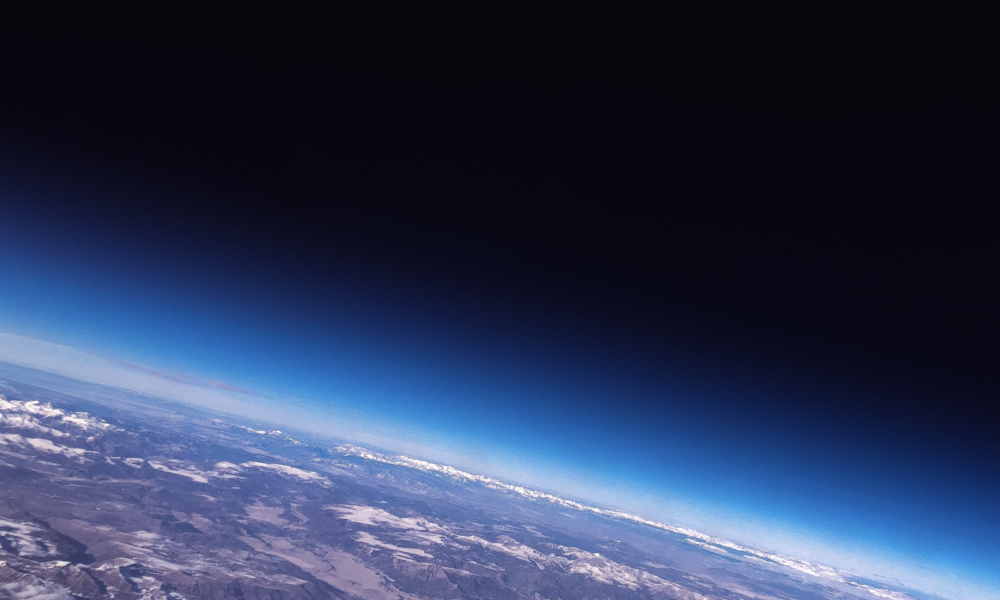
ESA Open Invitation to Tender AO10484
Open Date: 16/12/2020
Closing Date: 16/02/2021 13:00:00
Status: ISSUED
Reference Nr.: 20.156.04
Prog. Ref.: FoundConcept Block 1
Budget Ref.: E/A104-01 – FoundConcept Block 1
Special Prov.: BE+DK+FR+DE+IT+NL+ES+SE+CH+GB+IE+AT+NO+FI+PT+GR+LU+CZ+RO+PL+HU+CA+SI+LV
Tender Type: C
Price Range: > 500 KEURO
Products: Satellites & Probes / Payloads / Instruments / RF and microwave Instruments / Imaging Radars / Satellites & Probes / RF / Microwave Communication (Platform and Payloads) / Antennas – BB / Feeds / Satellites & Probes / RF / Microwave Communication (Platform and Payloads) / Antennas – BB / Antenna mechanisms (Including control electronics) / Satellites & Probes / RF / Microwave Communication (Platform and Payloads) / Transmitters / X-band, S-Band, Ka band, ¿ / Near Earth application, Deep space application, … / Platform vs Payload
Technology Domains: RF Systems, Payloads and Technologies / RF Payloads / EO Instruments / Electromagnetic Technologies and Techniques / Antennas / Array Antennas and Standalone Radiators
Establishment: ESTEC
Directorate: Directorate of EO Programmes
Department: Earth Observation Projects Department
Division: Copernicus Space Comp Space Segment Prog
Contract Officer: Doblas, Ana
Industrial Policy Measure: N/A – Not apply
Last Update Date: 18/12/2020
Update Reason: Loaded a new Clarification(English version)
Copernicus is the European Union’s Earth Observation Programme, looking at our planet and its environment for the ultimate benefit of all European citizens. It offers information services based on satellite Earth Observation and in situ data. The Programme is coordinated and managed by the European Commission. It is implemented in partnership with the Member States, the European Space Agency,the European Organisation for the Exploitation of Meteorological Satellites (EUMETSAT), the European Centre for Medium-Range WeatherForecasts (ECMWF), EU Agencies and Mercator Océan. Global data from satellites and ground-based systems are provided freely and openly accessible to its users to help service providers, public authorities and other international organisations improve the qualityof life for the citizens of Europe. The Copernicus Space Component, the Programme backbone, has been established as the largest and most proficient Earth Observation infrastructure in the world with seven high-performance satellites at present in full operation.The Copernicus Space Component evolution is being based on Stability and Continuity, as emerged from the user consultation process,andparticularly addressed in the considerations for the Next Generation of the current Sentinels 1 to 6 series providing enhanced continuity of initial observations. The Agency, as mandated by the EU Council and European Parliament to define the overall system architecture for the Copernicus space component and its evolution on the basis of user requirements, coordinated by the Commission, is planning the development of the Sentinel-1 Next Generation Space Component providing enhanced continuity of initial first generation observations in response to the evolving user needs. The Next Generation of the Sentinel-1 Mission will be implemented considering a wider end-to-end system analysis that will take into account the new Copernicus, NewSpace, and National Missions, which are expectedto exist in the same operational lifetime, for a wider SAR observation capacity for Europe. This Sentinel-1 Next Generation Phase A/B1 study shall cover the Spacecraft and novel Synthetic Aperture Radar (SAR) measurement capabilities, Mission Observation Scenarios, Mission Operations concepts, Launcher aspects and Ground Segment requirements to adapt the existing Sentinel-1 Mission Operationsconcept and Ground Segment. Phase A shall focus on the critical review of the system requirements and the definition of candidate implementation options with the potential to satisfy the mission needs and requirements with emphasis on key technological risks,the consolidation of performance budgets and of programmatic drivers. Phase B1 shall demonstrate the technical feasibility by consolidating and refining the selected baseline architecture, releasing the relevant technical requirements specifications and establishing the preliminary design definition and verification programme, assessing the critical technologies and required pre-developmentsand providing the associated programmatic elements. In parallel to the study activities relevant technology pre-developments shallbe identified by the Contractor and started in parallel to the Phase A and continued during Phase B1. As the Sentinel-1 satellitesfrom the first generation, Sentinel-1 Next Generation will be dedicated to day-and-night monitoring of land, ice and oceans, and respondingto Emergency Management services, targeting with enhanced performance applications related to: soil moisture, land cover mapping, crop type and status discrimination, forest type and forest cover (e.g. in support to biomass estimation), food security and precision farming, maritime surveillance, natural and anthropogenic hazards and the operational monitoring of the Cryosphere and polar regions including automatic sea ice mapping and land ice monitoring. In order to fulfil these mission objectives the Space Segment may require more than one satellite. The Payload will bee based on a Synthetic Aperture Radar (SAR) in C-Band and, as from Sentinel-1C and -1D, the Payload will also include a Ship Automatic Identification System (AIS) instrument, as required by the users, to support theachievement of the Mission maritime objectives. The Spacecraft shall be compatible with the VEGA family launchers.
If you wish to access the documents related to the Invitation to Tender, you have to log in to the ESA Portal.
